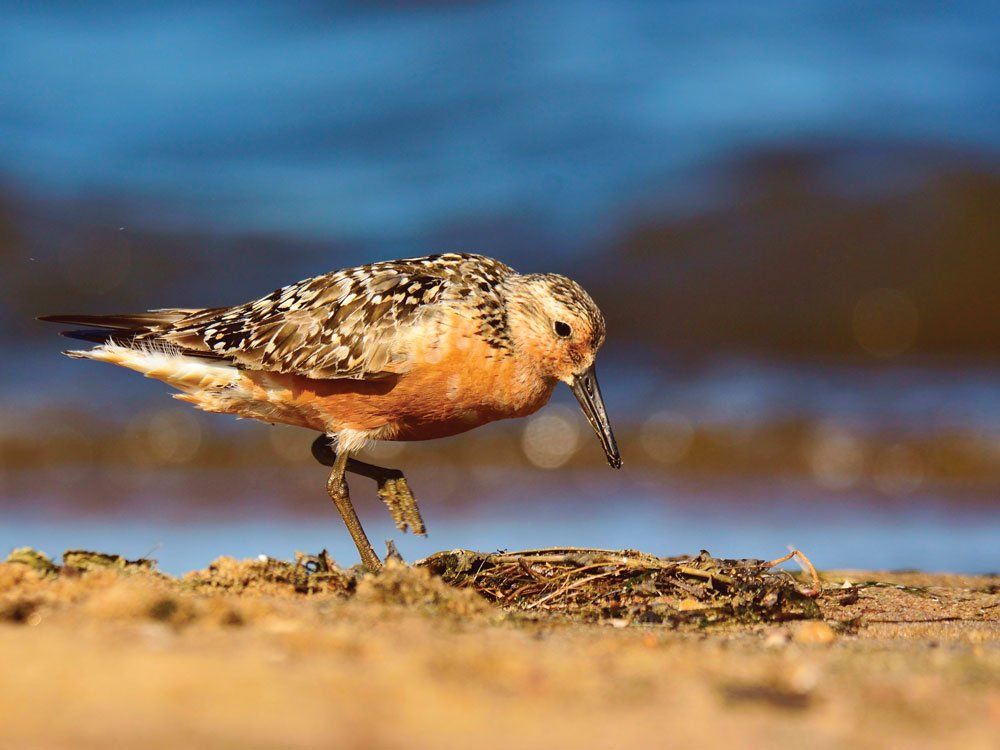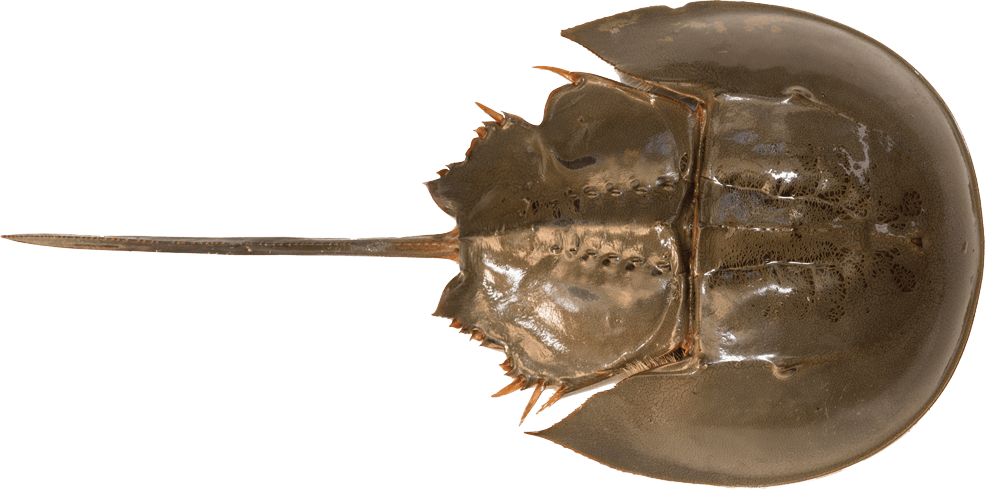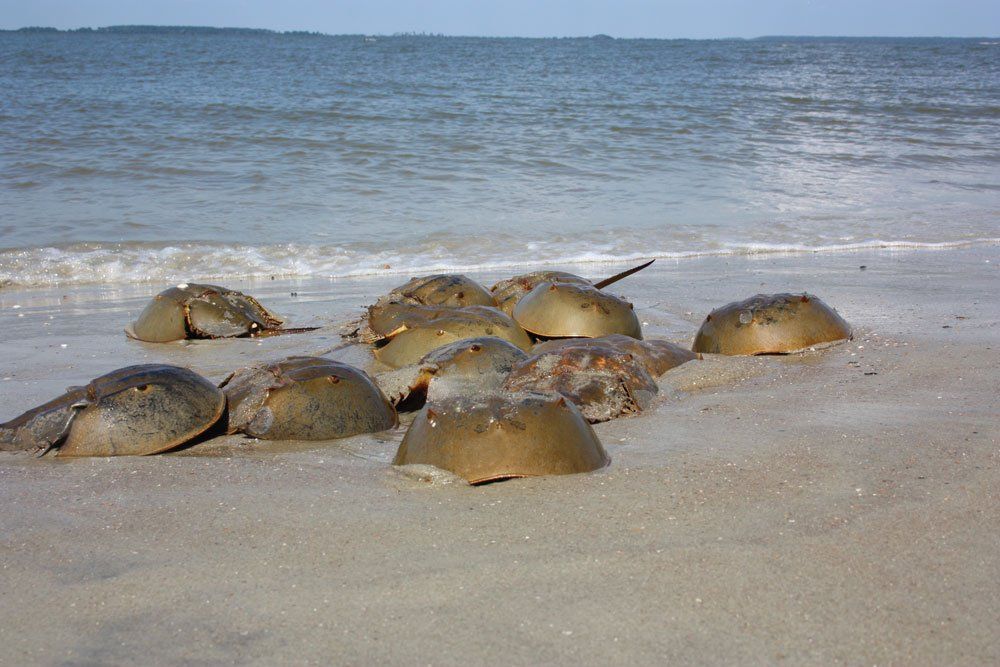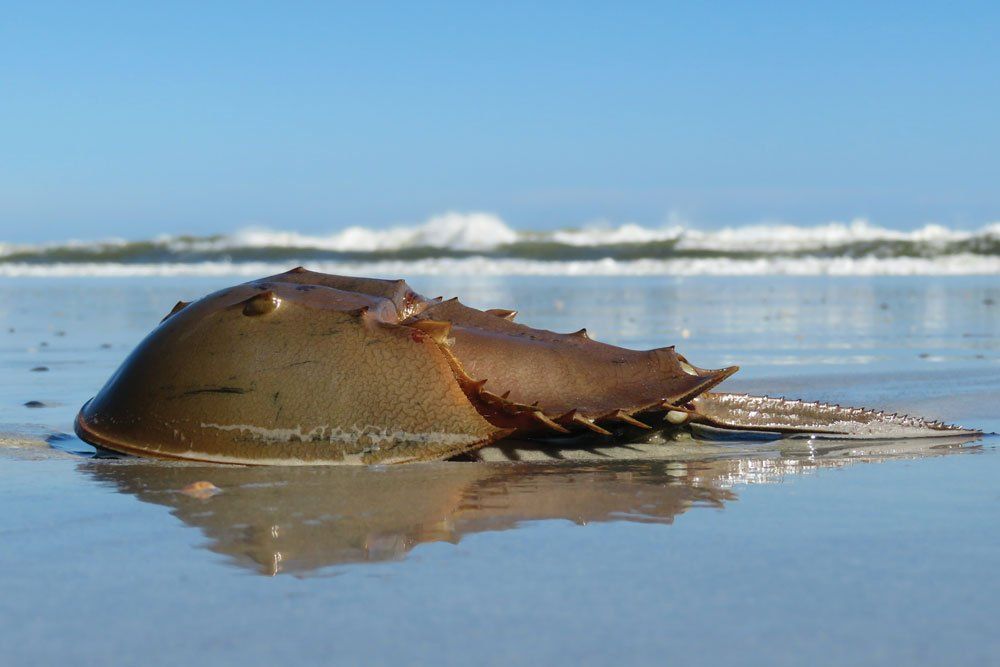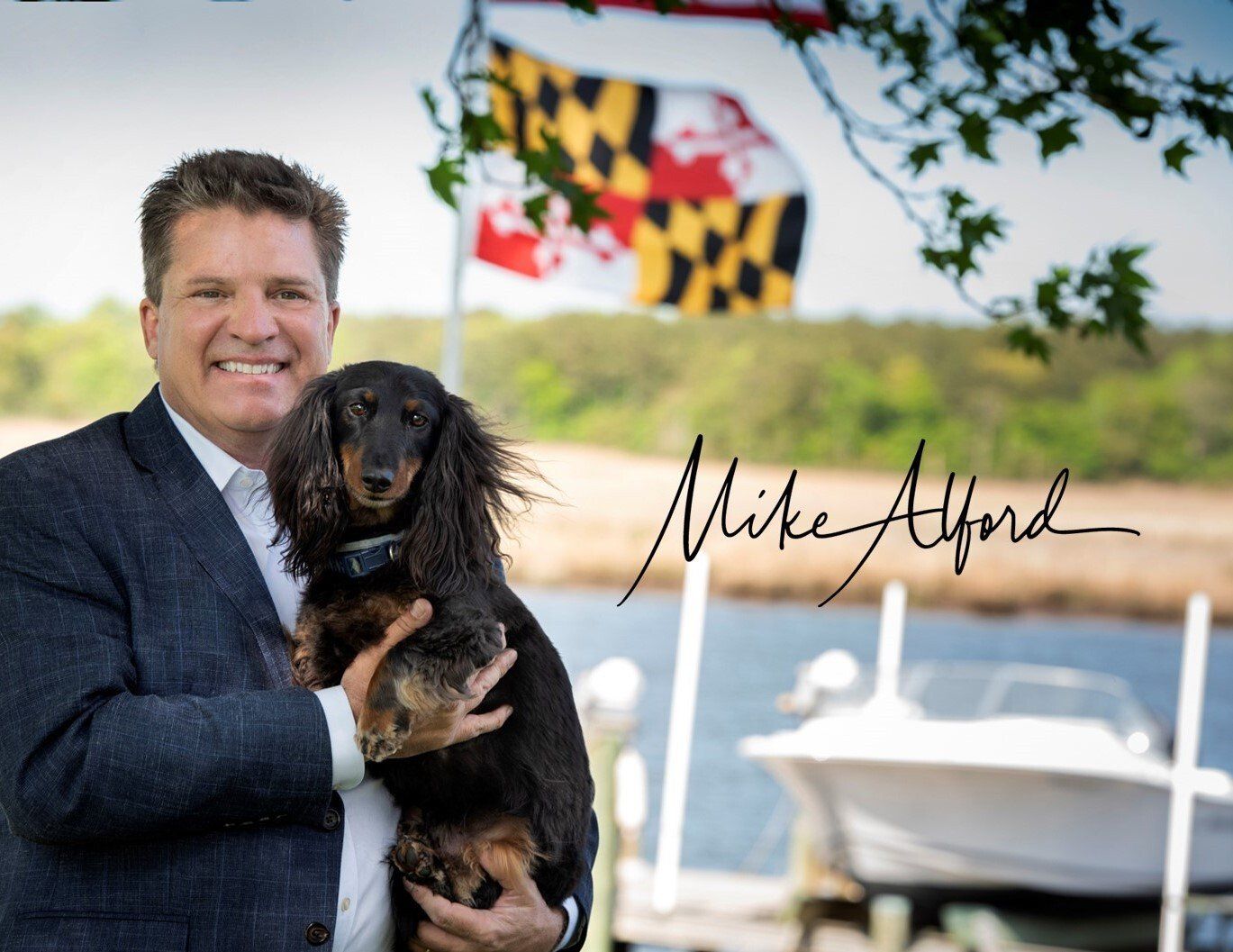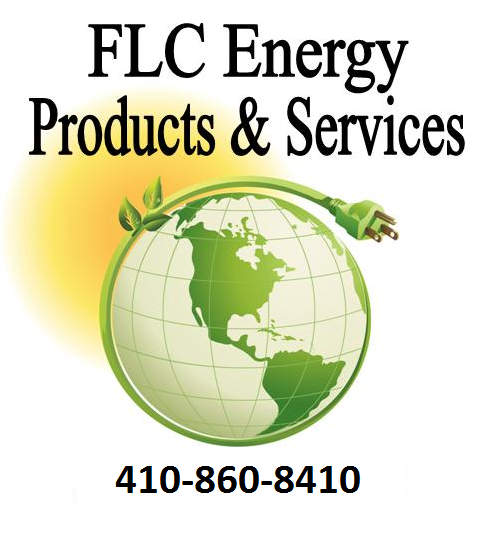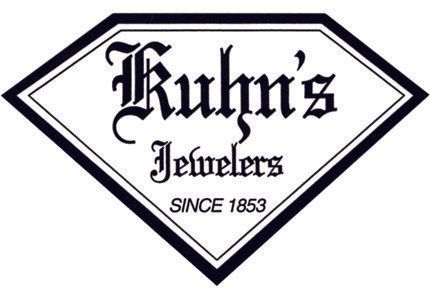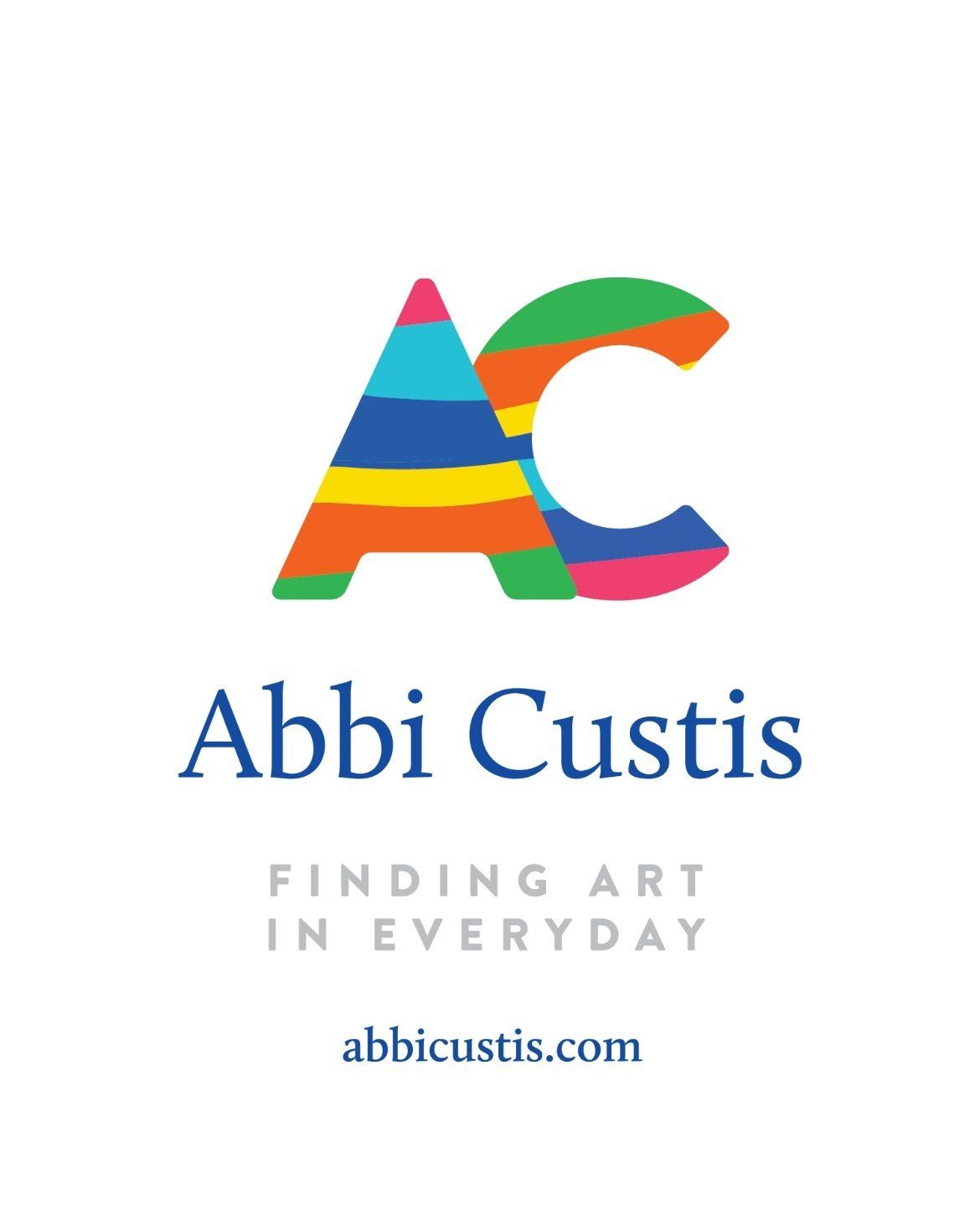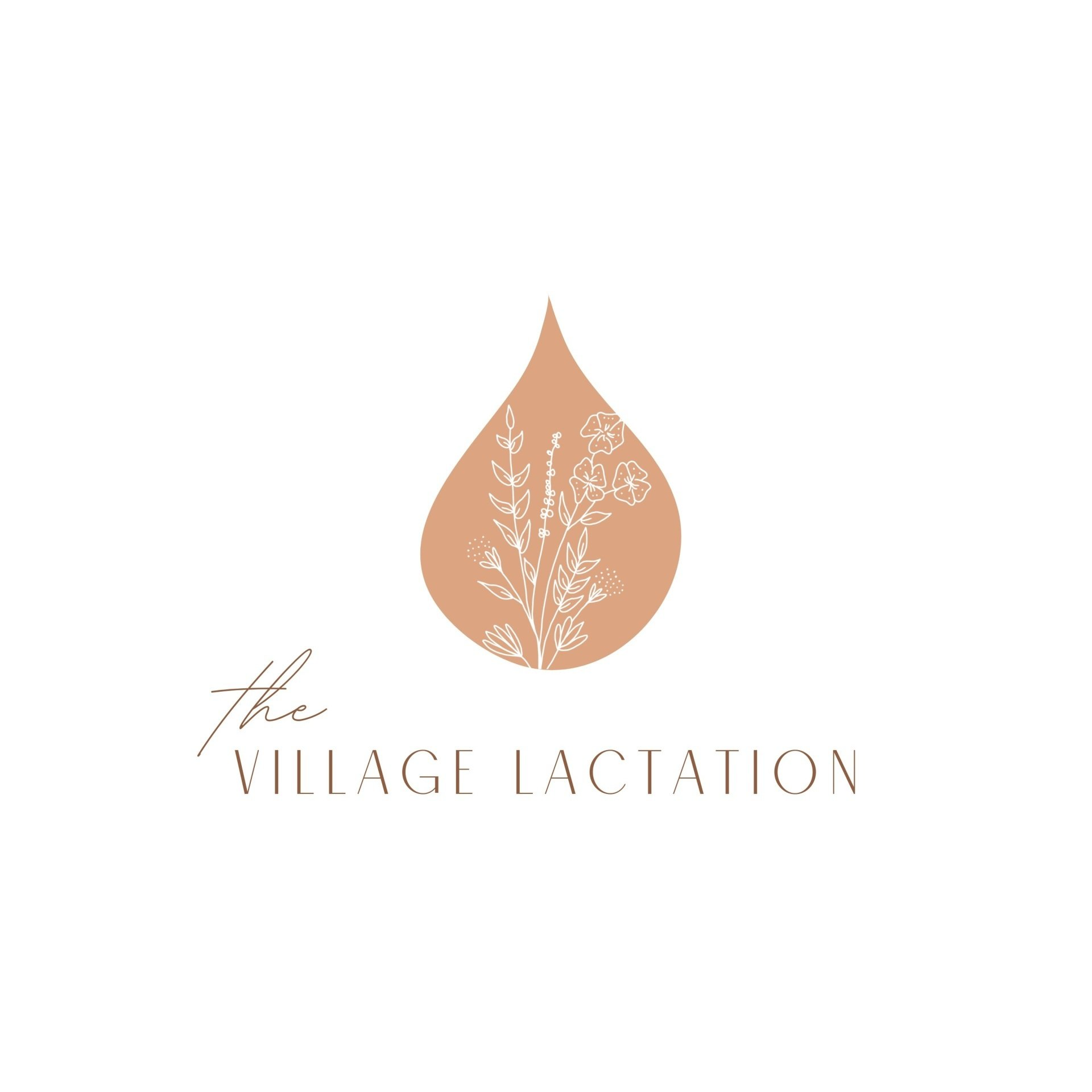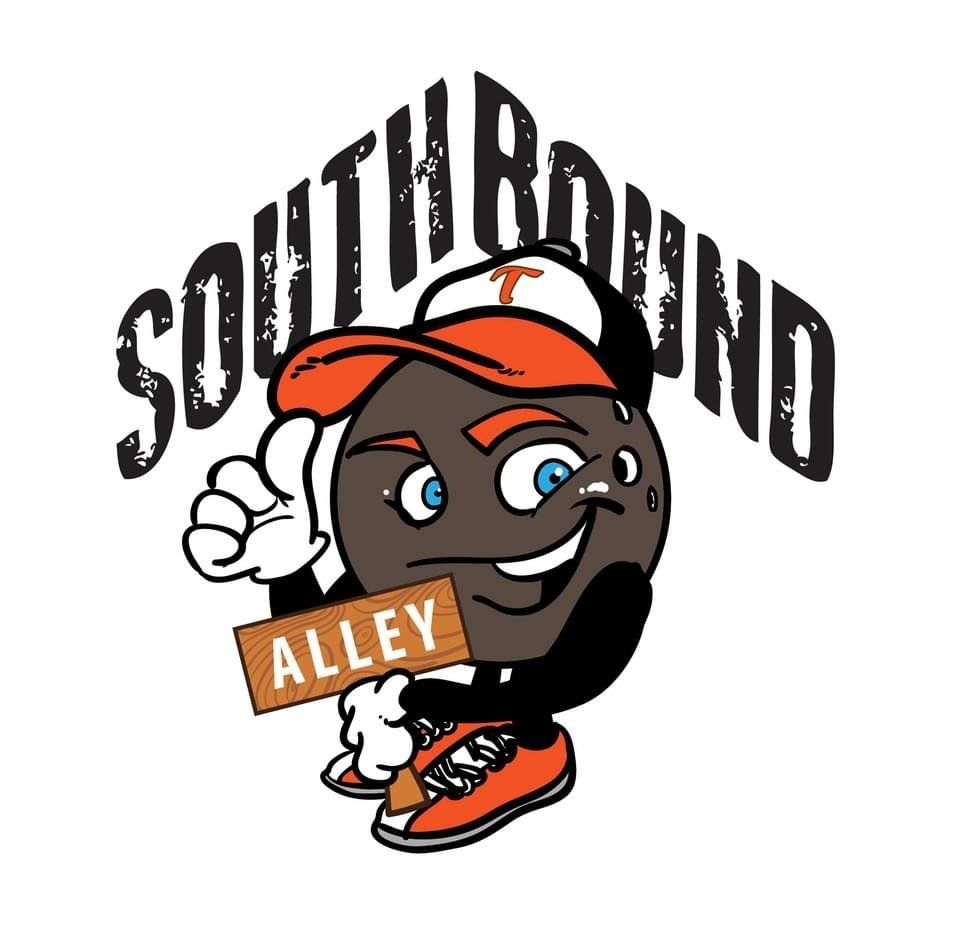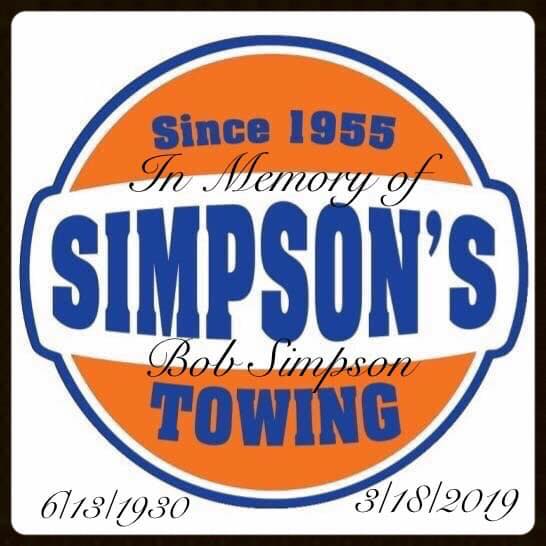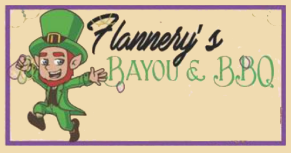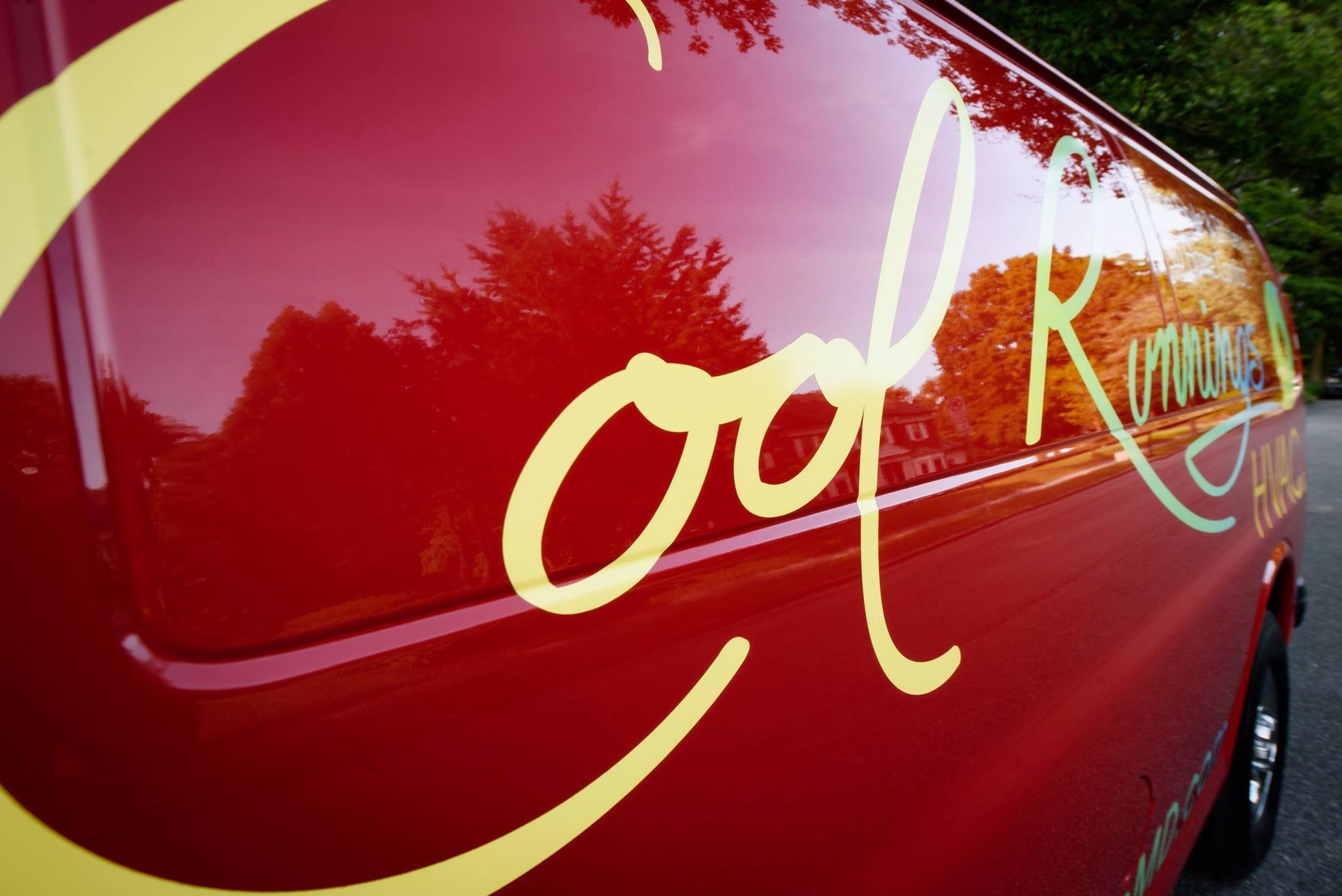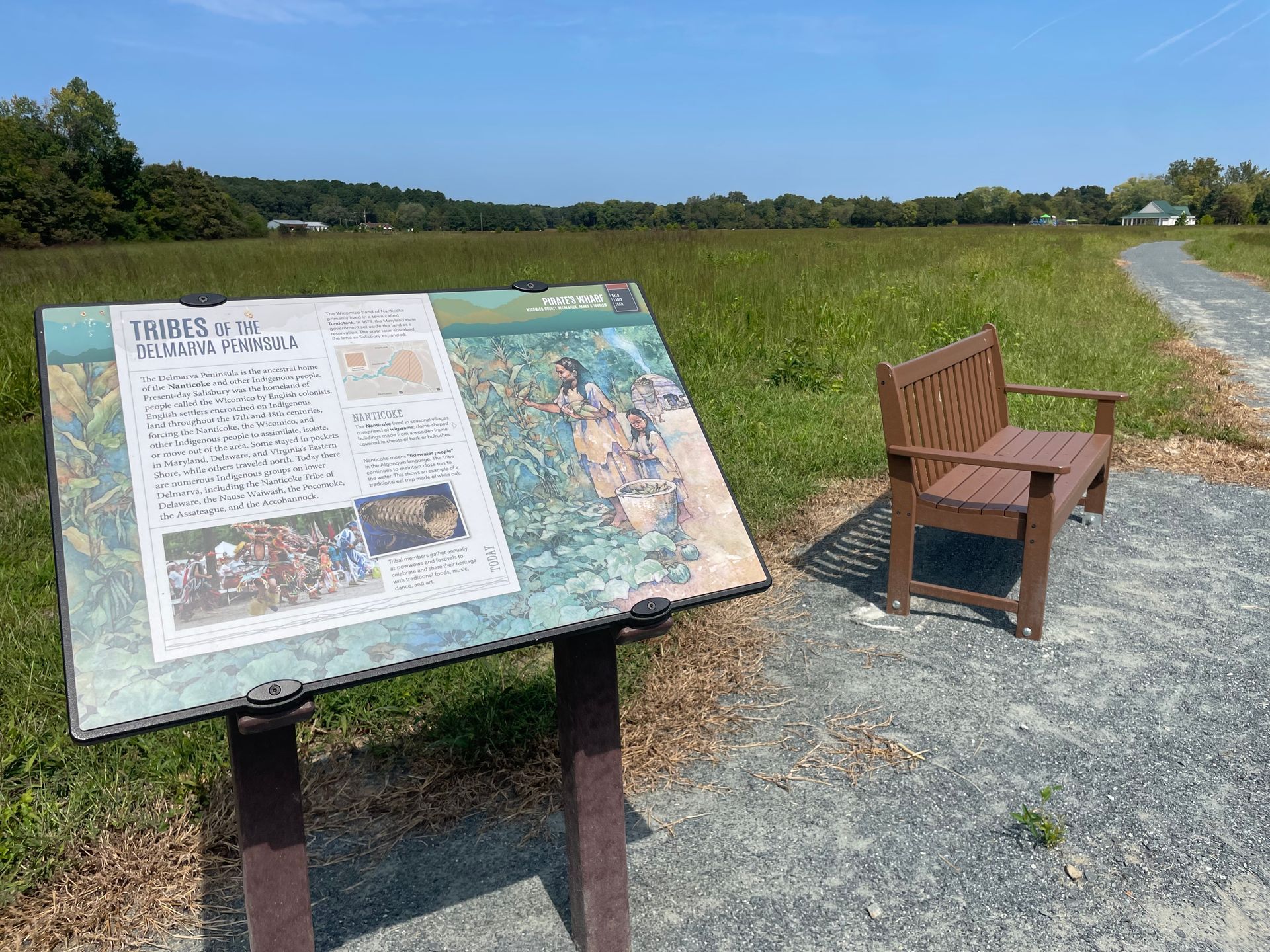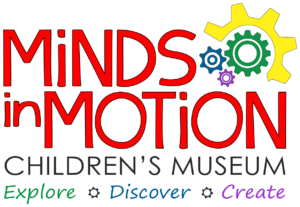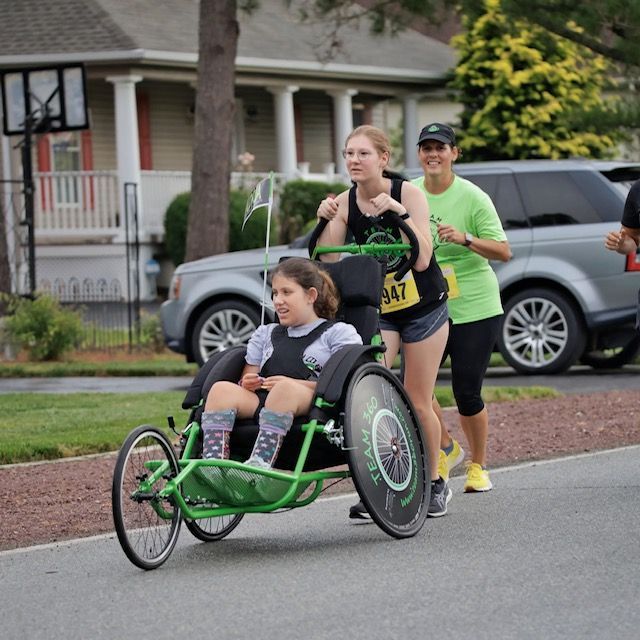Reach Us At
Join our VIP e-mail list to receive the latest specials and news from Shop Local Delmarva.
Contact Us
Connect
From Trashy Sea Creature to Helmeted Hero
by Yvonne Miller
March 23, 2021
The horseshoe crab has proven vital to the safety and testing of the vaccine for COVID
Have you ever considered something ugly, disgusting, not worth anything except to throw away? That’s the description of a sea
creature who’s only edible part are its eggs.
You could probably magnify it and use it in a sci-fi movie as the monster. Two feet long and one foot wide, sporting two compound eyes and seven simple eyes, with twelve legs, and a spiked telson used for turning over, it is the biggest and darkest of the “crabs” and even frightens children at the beach.
And yet, man’s plan to defeat Covid depends on this “trashy specimen” and a plant in Salisbury plays a part in the process. We know it as the horseshoe crab, named for the shape of its shell. In
fact it’s not a crab at all, but is genetically closer to a spider, an arthropod. Food,usually worms, is crushed with its legs
then swallowed. A horseshoe crab is toothless, and harmless, not poisonous in any way.
Surviving catastrophes, the Ice Age, and man, the horseshoe crab
has changed little. Indians plowed them under the soil for fertilizer.
Centuries later Eastern Shore farmers spread hundreds of thousands of them on fields to dry and then be ground into fertilizer at factories. Spread around peach orchards, fed to hogs as mash or used as fishing bait caused their population to plunge during the 1960s. The manufacture of chemical fertilizers saved them luckily because ultimately they would help save us.
Horseshoe Eggs:
a needed link in the Food Chain
My first encounter with these unique crabs was on a class field trip to Lewes, Del. We visited the nature center and touch tank then headed for the beach.
We stopped. Dark gray helmets were marching down the beach or in piles or turned on their backs. Spring had come, and the crabs had returned to the beaches. May through August is spawning time, when each female deposits 20,000 eggs at a time up to 100,000 a season.
Six inches deep in sand at the waters’ edge is the nest and they hatch in two to four weeks. These eggs are food for the Red Knots, an environmentally threatened species of bird that migrates over 9,000 miles from South America to the Arctic and doubles their weight during the two-week sojourn on Delaware Bay. Red Knots wouldn’t make it without gorging themselves on the eggs.
Striped bass and flounder also feed on the calorie-rich eggs. Only on the coasts of Asia and North America will you find these unique crustaceans and the largest population, with more than 14 million mature crabs, winter off on Maryland shores and spawn each spring in the Delaware Bay.
Harvesting and Processing the Blood
How does this mysterious blue blood get from the crabs to the labs? Crews dock in the harbor of West Ocean City at Martin Fish Co. A few boats motor in, their decks loaded with hundreds of horseshoe crabs. State officials permit only three fishing boats to catch crabs for bleeding and releasing back to the sea. One boat delivers crabs to a lab in eastern Virginia. Two of the boats’ nightly catches are placed in trucks, refrigerated to the same temperature as sea water and taken to the lab of a Swiss-owned company, Lonza, in Salisbury, Md.
By day, lab workers slide a needle through a hinge of the shell. Blood is drawn, about three tablespoons, from a vein near the crab’s slow-beating, tube-shaped heart. Their blood is spun in a centrifuge to separate the cells and shells are notched so lab workers don’t bleed the crab twice. The refined product is sold to pharmaceutical companies as endotoxin test kits. This time-consuming process causes the resulting lysatecan to cost $15,000 or more a quart. Labs drew blood from nearly 640,000 crabs in 2019. Three other labs exist on the East Coast.
Allen Burgenson of Lonza says the industry produces enough tests in one day to screen 5 billion doses of coronavirus vaccine. Tested in batches, not doses, one test could show a whole batch to be fine or tainted. Researchers in Singapore have cloned the blood of horseshoe crabs and developed a synthetic test for endotoxins. European authorities will accept the synthetic test as equal to crab blood. US Pharmacopeia, which sets the national standards for medicine, did not approve the synthetic; however, the door was left open for companies to use the synthetic if they can demonstrate that it’s safe and reliable. The Swiss company Lonza sells a synthetic test in addition to its crab-blood test. Lonza would prefer to use lysate alternatives and has trademarked its own called PyroGene. However, there are still “regulatory hurdles” in the US and nothing has been proven to be as effective as horseshoe crab blood.
Return to the Red Sea Completed
At evening, the trucks return the crabs to boats which then head out with the previous night’s catch. There’s a flood of attention to the little fishery since the coronavirus, and the fishermen are wary of outsiders.
But as the world strives against the coronavirus, they are quietly proud of their contribution. “Blue bloods save lives,” a fisherman’s third-grade son told his school for their science fair. One fisherman likes to say, ”We treat these crabs like babies.” They do not dump the crabs overboard, but slide them into the sea. Crates are inspected—800 live crabs—glistening and smelling of brine, their legs curling and uncurling. A fisherman cradles a big one on its back. His fingertips brush its spider mouth. The inky legs close around his hand. More than ever before the future of these horseshoe crabs and humans are bound together.
I was reminded of wise sayings repeated by my mom and dad. “Don’t judge a book by its cover”, or “Every person or creature has a special purpose,” (even if we don’t see it at first). What we consider useless may truly be a mysterious blessing just like the “ugly helmets, now our heroes”, marching down the beach.
Share this Post



